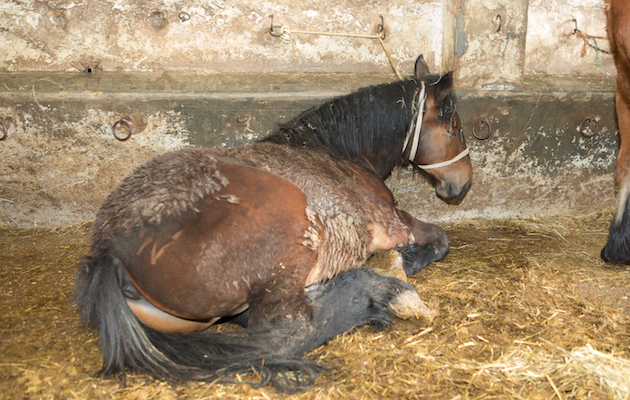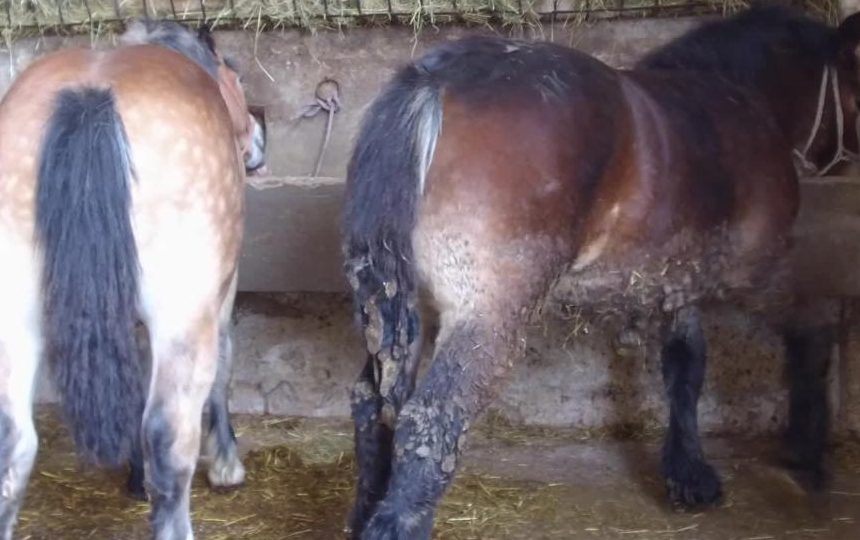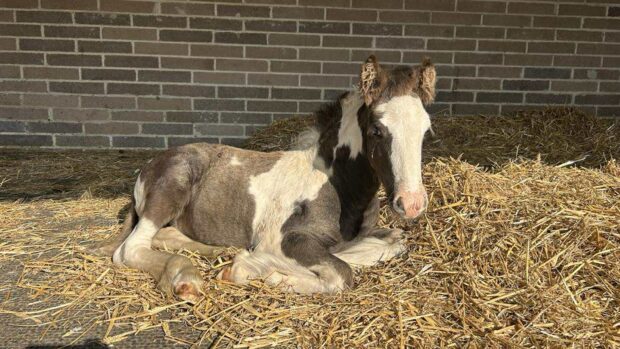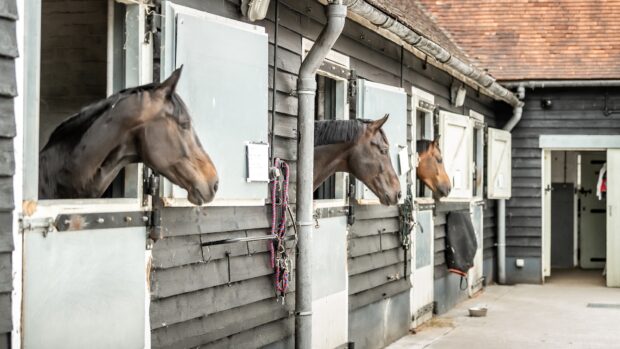Thousands of people have joined a campaign to end the long-distance transport of horses for slaughter – but more support is needed.
Since World Horse Welfare launched its petition calling for change in May, more than 13,000 people have signed.
But in those five months, it is likely that thousands more horses have travelled across Europe to be slaughtered, on journeys which can last for up to 24 hours at a time under current law.
As part of its decades-long campaign to end the practice of long-distance transport to slaughter for good, World Horse Welfare wants the European Commission to impose a maximum journey limit of nine to 12 hours, or ideally nine, as recommended by the charity’s scientific advisors.
“This would dramatically improve the health and welfare of the horses subjected to this completely unnecessary torment on their way to slaughter as well as making the regulation easier to enforce,” said a World Horse Welfare spokesman.
“Each day, more than 130 horses will begin their journey to the slaughterhouse – travelling for thousands of miles across Europe by road before eventually arriving at their destination suffering fatigue, severe stress and completely broken in spirit.”
The charity plans to launch campaigns in Poland, Italy and Spain in the near future, but says support from the UK public is “vital” while we are still part of the EU.
“We are so grateful to everyone who has supported our campaign so far, signing and sharing our petition and donating to our appeal, but we must keep momentum going and continue pressing the European Commission to impose a nine to 12-hour maximum journey limit,” said World Horse Welfare chief executive Roly Owers.
“The stress, dehydration and exhaustion caused by these arduous journeys is completely unacceptable and if horses are to be slaughtered, we believe it should be done as close to source as possible.
“The successes achieved in our campaign over the past 90 years have only been realised due to the unfailing dedication of our supporters and we need as many people as possible to share news of this latest campaign so that we can reach our goal to bring about this vital change in legislation.”
Article continues below…

Long-distance transport for slaughter: at the horsemeat butchers
Read the first of three blogs about H&H's

Long-distance transport for slaughter: the last stop
Read the last of three blogs about H&H's

Jilly Cooper backs anti long-distance transport for slaughter campaign
The best selling author is backing World Horse
Since the charity was founded in 1927, its campaign on this issue has brought about a number of improvements, including reducing the number of horses transported from 165,000 per year in 2001 to about 50,000 today. Lorries must now also be partitioned to prevent overcrowding and trampling.
“This latest campaign is another step towards the charity’s goal of ending the long-distance transport of horses across Europe for slaughter by its 100th anniversary in 2027,” added the spokesman.
For all the latest news analysis, competition reports, interviews, features and much more, don’t miss Horse & Hound magazine, on sale every Thursday.




